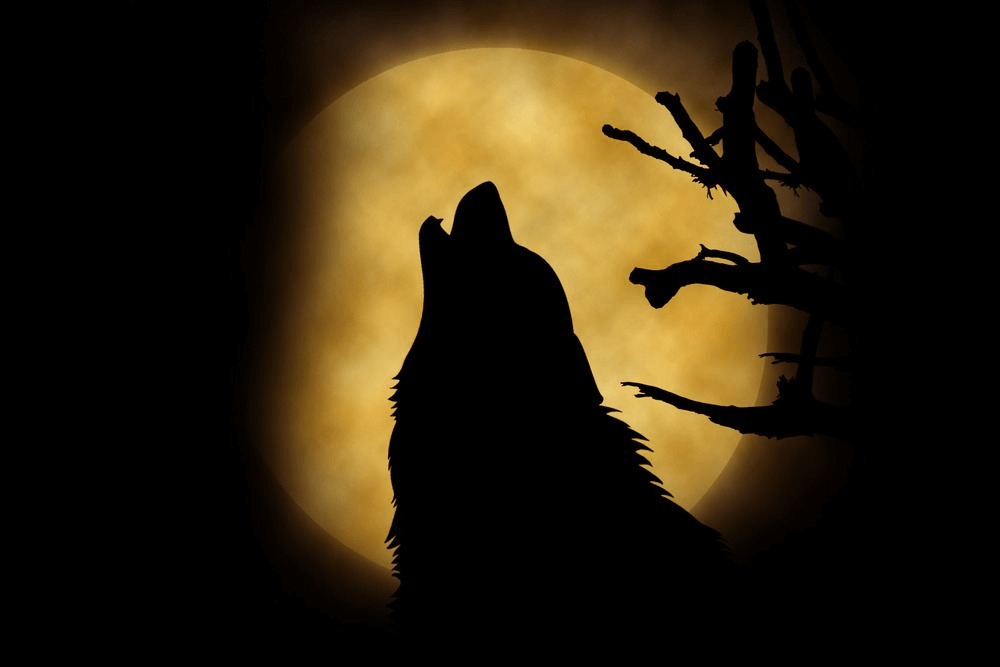Exploring Nature vs. Nurture in White Fang: Finding the Through Line of the Story
Every play needs a through line—a guiding force that keeps the narrative focused and grounded. As I continue working on the adaptation of White Fang, I find this guiding element essential. The book is beautiful, but its structure is an amalgamation of vignettes, each individually compelling but sometimes challenging to theatricalize. With a wolf protagonist, distinguishing between instinct and conscious behavior presents a unique challenge.
So, where does the through line lie? And how can a story from 1903 remain relevant today?
The Core of White Fang: Nature vs. Nurture
From the moment I finished reading White Fang for what felt like the umpteenth time, I realized that the heart of the story revolves around nature vs. nurture. Jack London makes it clear that we’re all born with certain inherent traits—what he refers to as "clay" that gets molded by the world around us. This was written long before the discovery of DNA, yet what London expressed about the human condition still resonates deeply today.
Our DNA, the building blocks of who we are, dictates much of our physical and psychological makeup. For White Fang, this concept is central to the wolf’s journey. Is he born with a pre-determined fate, or does he have agency in how he responds to the world around him?
The Science of Fate: What We’re Born With
Today, we have a deeper understanding of DNA and its role in shaping who we are. While making small changes to our genetic makeup is possible, substantial alterations remain beyond our reach. That’s an ongoing debate for another time, but the essential point is that we’re all born with a certain “clay”—a set of genetic markers that shape us. In White Fang, the wolf’s journey reflects the tension between his inherent nature and the experiences that mold him.
The Wolf’s Path: Pre-Destination or Free Will?
The real challenge is translating this somewhat esoteric discussion of nature and nurture into something dynamic and engaging for the stage. Is a wolf's fate as predetermined as ours? Or does he, too, have agency in how his life unfolds? How can we dramatize these deep philosophical questions and make them resonate with a modern audience?
As I continue developing this adaptation, these questions guide me forward, helping me build the spine of the play that will bring White Fang to life in a way that feels both timeless and relevant today.

